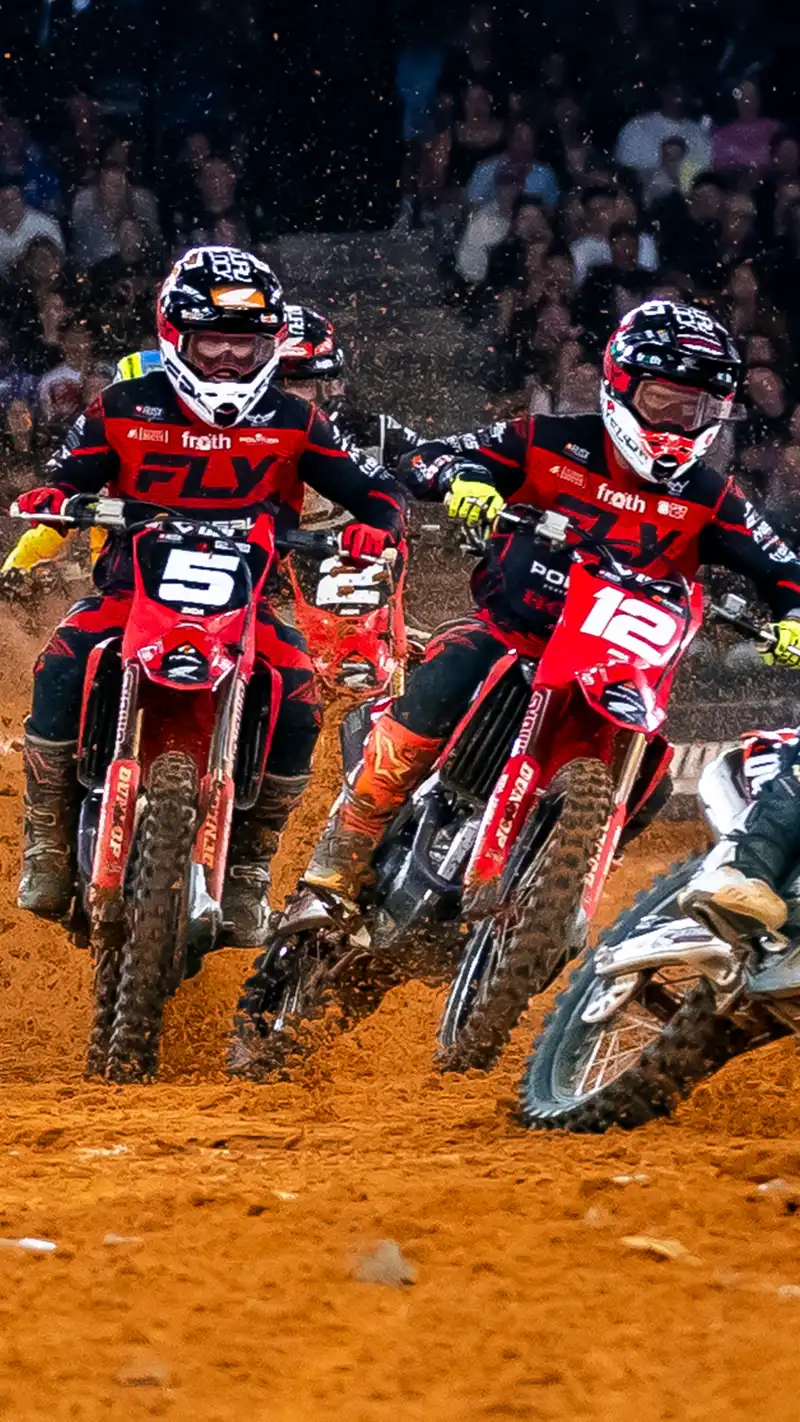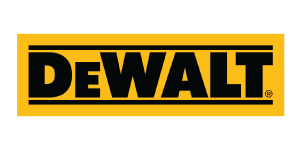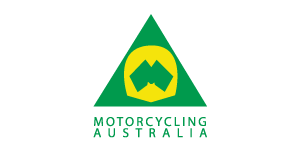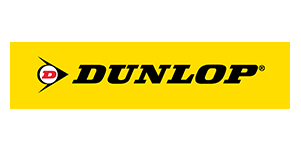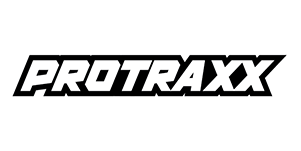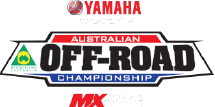AUSX
HISTORY
Since the first Superbowl of Motocross roared into life inside the Los Angeles Coliseum in July 1972, Supercross has been on a full-throttle charge that has taken dirt bike racing to the masses.
Just like trends like the yo-yo, hula hoop, skateboards and BMX bikes, all of which were big in the ’70s, it didn’t take long for Supercross to make its mark Down Under.
The consensus is, that Australia’s first Supercross-style race events played out at Sydney’s Parramatta Raceway in 1978, more stadium motocross than pure Supercross. Then Speedway promoter, Sid Hopping had a man-made motocross track built inside the confines of his clay speedway venue and a three-round series played out, with Mr Motocross series rivals Stephen Gall and Anthony Gunter the star attractions.
“The Parramatta events were the first time we raced inside a stadium on a man-made track,” Gunter remembers. “It was a lot different to traditional motocross races outdoors, but they were good events and drew good crowds.
“Back then, the Brian Collins Motorcycles dealership was the major sponsor and they dished up three Yamaha YZs as the major prizes; one YZ to the winner of each class. I won the Unlimited class, ahead of Gally, so I scored a brand new YZ400, which was pretty neat. But I was sponsored by Suzuki, so I sold the bike … looking back now, I wish I had have kept it, it would be a classic!” Gunter laughs.
A year later real big-time Supercross hit Australia when speedway racer and promoter Blair Shepherd descended on Archerfield Speedway in suburban Brisbane with the inaugural staging of the Stefan’s Superbowl of Motocross in 1979.
The record books show that despite the night being hit by a massive storm that drenched the huge crowd and the track, Bell took the win from Staten, with Gall the top of the Aussies and claiming the final step on the podium.
Upping the ante, Shepherd took the Supercross show to Sydney the next year, for the first of two magnificent events staged upon the massive green infield of the Sydney Speedway at the then Sydney Showgrounds at Moore Park (which today has been redeveloped into the FOX Studios entertainment precinct)
Exploiting the “Australia vs USA” theme included bringing wheelie king, American Doug Domokos to wheelies around the track before the cameras on press day, Shepherd filled the Sydney Showgrounds to the rafters for Supercross two years running.
The first Sydney Supercross in 1980 saw Rex Staten and countryman Marty Smith lead home Stephen Gall in the final. But a year later, Gall came up trumps in the 1981 Sydney event and took a rousing victory ahead of American national champ, Jammin’ Jimmy Weinert.
“That’s when Supercross really started to come of age in Australia,” remembers Gall, “as the Sydney Showground events really caught the imagination of the public, thanks to all the great promotion Blair Shepherd put into his events.”
1981 also saw Supercross move south to the Victorian capital, when Melbourne’s Royal Showgrounds played host to the first-ever Supercross Masters event. This time the event was promoted around an Australia versus the World theme, with organisers flying in big name Americans, as well as riders from Belgium, Sweden, Scotland, France and New Zealand, to face off against a big grid of hopeful Aussies. This time American golden boy, Yamaha factory rider Broc Glover, took the win from countryman Jim Gibson.
The Melbourne event was co-promoted by Phil Christensen, founder of the Spokes Promotions organisation, and who would go on to become Australia’s most prolific of Supercross promoters.
Supercross was now entrenched in the psyche of Australian motorcycle and motorsport fans that saw the sport explode in popularity in the 1980s, as professional promoters like Spokes staged big events at major stadiums that saw Australian riders constantly facing off against international heroes. The overseas competitors included world motocross champions, Danny LaPorte and Hakan Carlqvist, as well two-time winner of the LA Coliseum Supercross -American Jimmy Ellis, (who would eventually settle full-time in Australia), and AMA national motocross champion, Darrell Shultz, to name but a few.
Through the mid to late 1980s, and into the ’90s, Australian Supercross continued on an upward swing, with the race calendar dotted with Supercross events at speedways and showgrounds right around the country, alongside state and national motocross races, as well as the premier Mr Motocross series.
This was an era when journeymen motocross racers could travel the length and breadth of the land, at first in their panel vans and box trailers, with prizemoney and sponsorships giving them the means to maintain the ‘road-tripping’ lifestyle. Meanwhile, a precious few, among them the likes of Craig Dack, Glen Bell and transplanted American Eddie Warren, were able to make a comfortable full-time living from racing.
Spokes Promotions had now cemented itself as the country’s leading Supercross promoter, and in 1986 pulled off what remains to this day as a promotional coup: they took the Supercross Masters indoors to the plush confines of the downtown Sydney Entertainment Centre.
“That first event in Sydney was very successful; we sold out two nights and half a matinee on the Sunday. Then we went on to stage further indoor events in Brisbane (at the Boondall Entertainment Centre) and Melbourne (at Rod Laver Arena).”
At the time, indoor Supercross was a concept that shocked the purists to the core, who feared the indoor stadium floor space would be too small. The track was tight, yes, and the lap times short, but the racing was intense, the facilities were top-shelf and the crowds absolutely loved it. Well, they loved nearly all of it, save for the fact that brash American rider, the beefy Jo Jo Keller, barnstormed his way to victory and grabbed the whopping $8,000 first place prizemoney at that first indoor event in Sydney.
For the best part of the next 20 years, the Supercross Masters set the pace in Supercross promotion in Australia under the careful guidance of Christensen, who not long after those first indoor events gained sole control of Spokes Promotions. From that point on, he maintained a single-minded vision to push Supercross into the ranks of Australia’s mainstream sport and entertainment events.
The Supercross Masters gained series status in 1989, with Team Honda’s then prodigal son Glen Bell winning the first-ever series and etching his name in the record books.
The Masters was also granted Australian Supercross Championship status by Motorcycling Australia (MA) a few years later, as the prestigious series wound its way through a national championship chase that each year would continue to include major speedway, showground, stadium and indoor venues around the country. And nearly every step of the way the action took place under the bright lights and watchful gaze of television cameras that helped to push Supercross racing into the lounge rooms of fans, which in turn helped to increase the popularity of the sport’s leading racers.
The Adelaide Entertainment Centre was soon added to the Supercross Masters calendar of prime inner-city venues, while the Newcastle Entertainment Centre also scored a round. And then in 1999, the Supercross Masters became the first-ever ticketed event at the brand-new Sydney Superdome that was built as part of the Sydney 2000 Olympics precinct.
Then three years later, Gosford Stadium on the NSW central coast was added to the mix and the giant green infield of the purpose-built football stadium became a fabulous fixture for the annual Supercross Masters spectacle.
American champions including Jeremy McGrath, Travis Pastrana and Mike LaRocco, all took their turn in leading the American assault on some of the Supercross Masters’ most memorable meets in the 2000s.
Then, two years later, in 2007, Christensen staged what would to be the final Supercross Masters events after it was announced another new promoter would enter the Supercross fray, when former IronMan series organiser, Mike Porra, joined forces with Chad Reed to reveal the Super-X series would launch in 2008.
Super-X was big and bold, bright and brassy, offering rounds at leading football stadiums around the country and even in New Zealand, with giant USA-style tracks, live television coverage and innovative race formats that moved well away from the heat-semi-LCQ-final format of traditional supercross events. And with the involvement of Reed, who was now well and truly established as a global Supercross superstar, Super-X looked set to really fire.
But two years later Super-X was also gone, as Reed eventually removed himself from the series and Porra wound down this side of his business interests to concentrate on the Nitro Circus action sports and FMX events he also promoted, and which continue to grow to this day.
In the period that followed, MA took over and gave access to individual promoters, who worked collectively to create the Australian Supercross Championship. At the same time, planning for a mega-event was well underway, which would further bolster the series well into the future.
Enter AUS-X Open. The AUS-X Open era catapulted the domestic scene into an international hotspot, where riders from all over the world would come and compete each November in the Southern Hemisphere. Qudos Bank Arena (formerly Allphones Arena) played host to sold out supercross racing from 2015-2018, putting our Australian superstars on the map globally.
Throughout that same period, Jimboomba hosted ultra-successful supercross events in the sunny state, with the Adelaide Showgrounds and the Wollongong region hosting events and attracting crowds from all over Australia, constituting what was a thriving Australian Supercross Championship.
Then in 2019, the AUS-X Open grew into Melbourne’s Marvel Stadium, where the sport continued to thrive as names such as Anderson, Lawrence, Carmichael, and Reed were all in attendance in the sporting capital of Australia. The sport was humming; supercross fans were stoked, and then the world shut down.
Covid-19 undoubtably shook the competitive motorcycling industry in Australia, as it did in regions all around the world, and supercross was put on ice for two years as the world attempted to navigate lockdowns, pauses, and other measures enforced globally.
Returning in 2022, the Australian Supercross Championship roared into venues nationwide, with 20,000+ people filling Newcastle’s McDonald Jones Stadium, to Australia’s superstars competing alongside the prestigious World Supercross Championship (WSX) inside Marvel Stadium. Both Adelaide and Wagga Wagga also served as supercross hotspots, as fans retuned to the sport they love.
For this year, the Australian Supercross Championship is focused on sustainability, quality, and affordability for the athletes. With these considerations in mind, the 2023 FOX Australian Supercross Championship will feature three premier rounds, with a welcomed return to Newcastle, Melbourne, and Adelaide set for this year’s championship.
The measured approach will ensure that supercross in Australia continues to flourish into the future, as the sport continues to grow around the world!
Be there when the gates drop!
